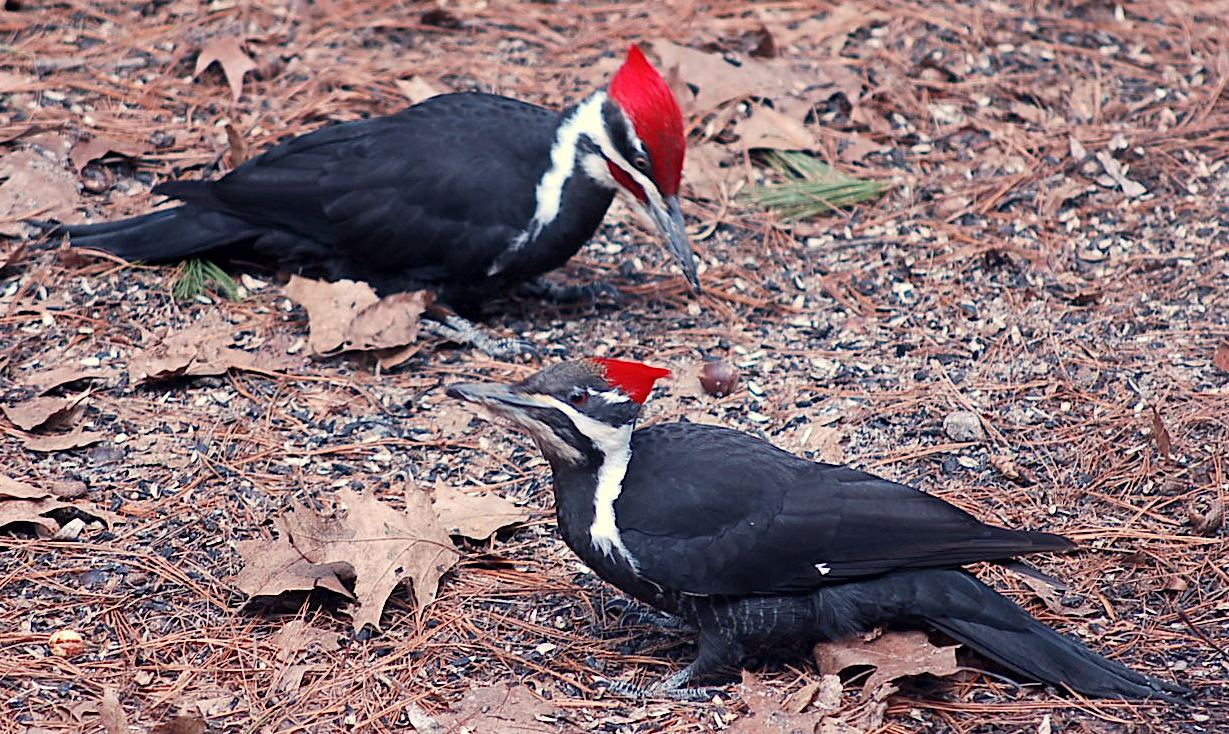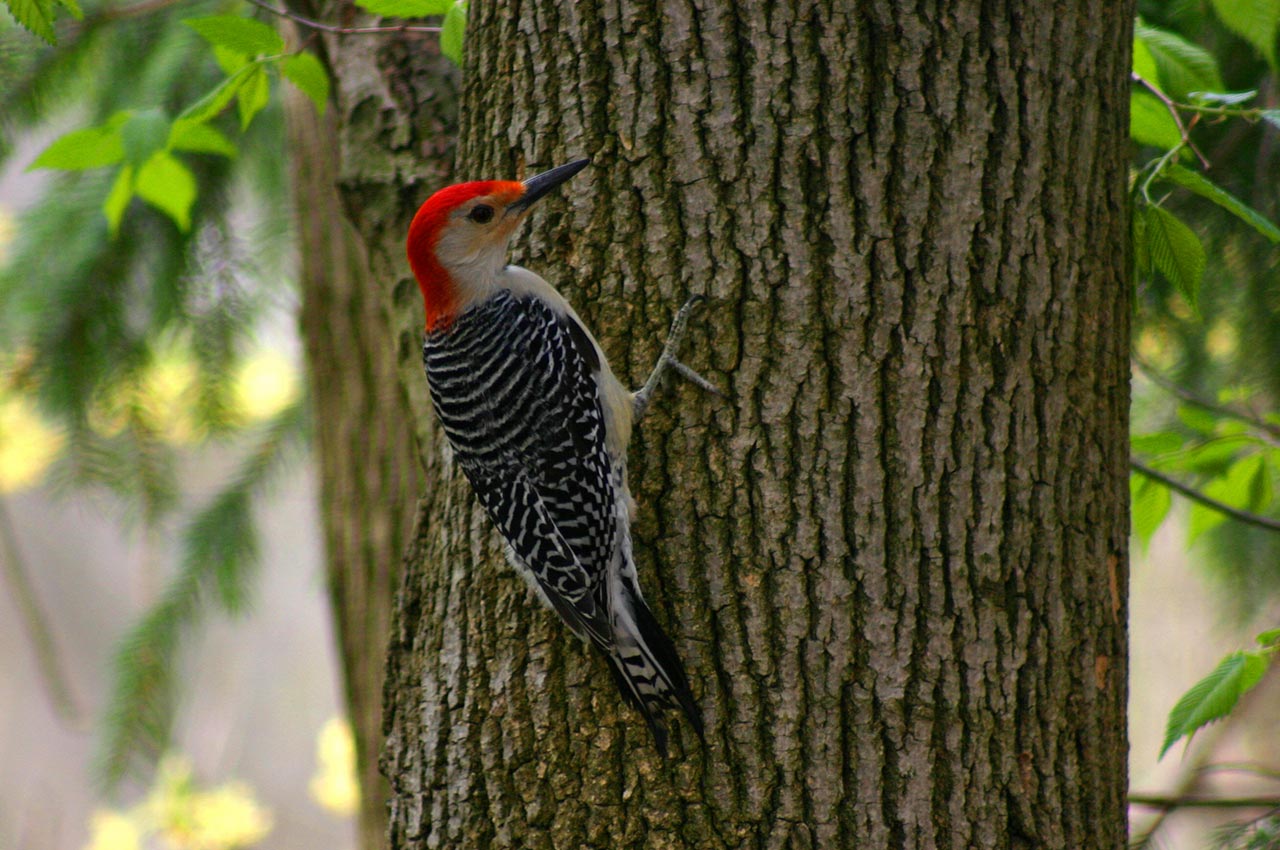Experiencing Woodpeckers in Florida: Variety Diversity and Recognition
Experiencing Woodpeckers in Florida: Variety Diversity and Recognition
Blog Article
Discover the Remarkable Globe of Woodpeckers: Everything You Required to Know
The world of woodpeckers is a world loaded with unique behaviors, detailed adaptations, and a diverse variety of types. From their habitats and circulation patterns to their feeding behaviors and specialized physiological attributes, woodpeckers have actually long astounded the rate of interest of ornithologists and nature lovers alike. Understanding the complexities of these remarkable birds offers a peek right into the intricate interplay between their biology and the setting. As we explore the globe of woodpeckers even more, we reveal a wealth of information that clarifies their significance in ecosystems and the challenges they deal with in an ever-changing globe.
Woodpecker Habitats and Circulation
Woodpeckers populate a diverse array of environments worldwide, showcasing versatility in their distribution patterns. These resistant birds are discovered in woodlands, forests, savannas, and deserts across numerous continents, demonstrating their capacity to flourish in different climatic problems. In North America, for instance, woodpeckers can be detected in both coniferous and deciduous forests, using their strong beaks to forage for insects and develop nesting tooth cavities in trees. In Africa, particular woodpecker species have adjusted to dry atmospheres, such as the acacia timberlands, where they play an essential duty in controlling insect populaces.

Feeding Behaviors and Diet
Woodpeckers use their strong beaks to pierce right into the bark of trees, probing for pests and larvae concealed below the surface. In addition to pests, woodpeckers also consume nuts, seeds, fruits, and sap.
Woodpeckers are recognized for their drumming habits, which serves not only to connect with various other woodpeckers but also to situate food. The quick drumming noise is developed by the bird pecking on powerful surface areas like dead trees or steel posts. This actions can attract pests hidden in the timber, permitting the woodpecker to discover their presence and prey on them.
One-of-a-kind Adjustments for Tree Climbing
In their adept pursuit of bugs hidden within tree bark, woodpeckers have advanced exceptional anatomical functions that furnish them with one-of-a-kind description adjustments for reliable tree climbing. Woodpeckers have solid neck muscles and an unique head structure that absorb the impact of continuous pecking, enabling them to climb up vertically without triggering injury to their brains. These adjustments showcase the incredible transformative layout that allows woodpeckers to navigate trees with accuracy and effectiveness.
Diverse Woodpecker Types Worldwide
With over 200 different types spread across numerous habitats worldwide, the family members of Picidae encompasses a remarkable diversity of woodpeckers. These birds can be found in forests, forests, savannas, and also metropolitan locations, showcasing their versatility to various atmospheres. From the iconic imp source Northern Flicker in The United States And Canada to the vibrant and elusive Crimson-backed Flameback in Asia, each woodpecker species exhibits special attributes in regards to quill, actions, and habitat choice.
Woodpeckers vary considerably in size, with the petite Downy Woodpecker determining around 6-7 inches in length, while the powerful Lineated Woodpecker can get to up to 17 inches - Woodpeckers in Florida. Their beaks also can be found in various sizes and shapes, reflecting their feeding habits. Some types concentrate on removing bugs from tree bark, like the Acorn Woodpecker, while others, such as the Black-cheeked Woodpecker, eat fruits and seeds

Conservation Efforts and Difficulties
Conservation initiatives for woodpecker populaces are critical in alleviating the impact of habitat loss and other risks encountering these varied avian species. Woodpeckers encounter numerous obstacles to their survival, largely because of deforestation, urbanization, environment change, and invasive species. To resolve these issues, conservation initiatives concentrate on safeguarding and bring back woodpecker habitats, implementing sustainable forestry practices, and elevating recognition concerning the importance of these birds in communities.
One significant difficulty in woodpecker conservation is the fragmentation of their environments, resulting in isolated populaces that are much more vulnerable to extinction - Woodpeckers in Florida. Preservationists work to develop wild animals corridors and shielded areas that connect these fragmented habitats, allowing woodpeckers to relocate between various locations for feeding, reproducing, and shelter

Verdict
In conclusion, woodpeckers are fascinating birds with unique adjustments for tree climbing and feeding actions. They can be discovered in varied habitats worldwide, facing conservation challenges as a result of Read More Here habitat loss and human tasks. Recognizing their environments, diets, and actions is important for conservation initiatives to secure these essential bird species. Additional study and conservation activities are required to guarantee the survival of woodpeckers in the wild.
Report this page